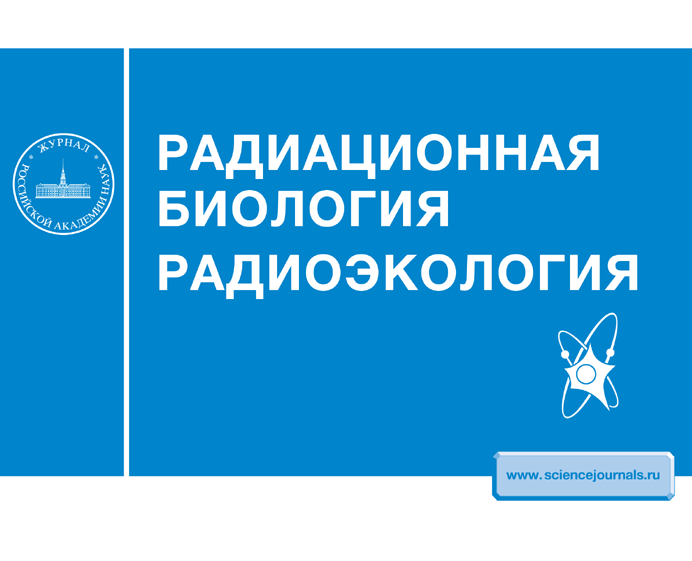Radiation-induced “bystander effects” were studied at the inter-organismal level. The experiment used irradiated at a dose of 3 Gy and non-irradiated bystander mice, kept together for 90 days. An analysis of the state of the bone marrow, spleen and thymus in experimental animals was carried out, which included an assessment of the mass of the spleen and thymus, as well as the number of nuclear cells in the bone marrow, spleen and thymus in mice. The results of the study indicate the presence of a “bystander effect” in the nucleated cells of the bone marrow of mice. In unirradiated animals that were kept with irradiated mice in a cage without a septum, the number of nucleated cells is statistically significantly reduced ( t = 2.58; p = 0.02) compared to the control. There is an effect of increasing the number of nucleated cells in the bone marrow in the group of irradiated mice in a cage with a septum, statistically significant by 15% more than in the gamma control group ( t = 2.36; p = 0.03) – the “rescue effect ”. Obviously, in all organs of the hematopoietic system – bone marrow, thymus and spleen – there are violations associated with the factor of contact of animals. It is possible that the observed radiation-induced “nontargeted effects” are realized at the level of induced changes in DNA.
DOI: 10.31857/S0869803122050101
